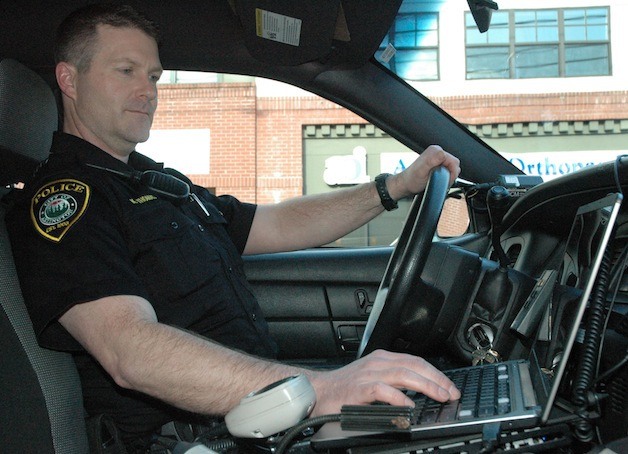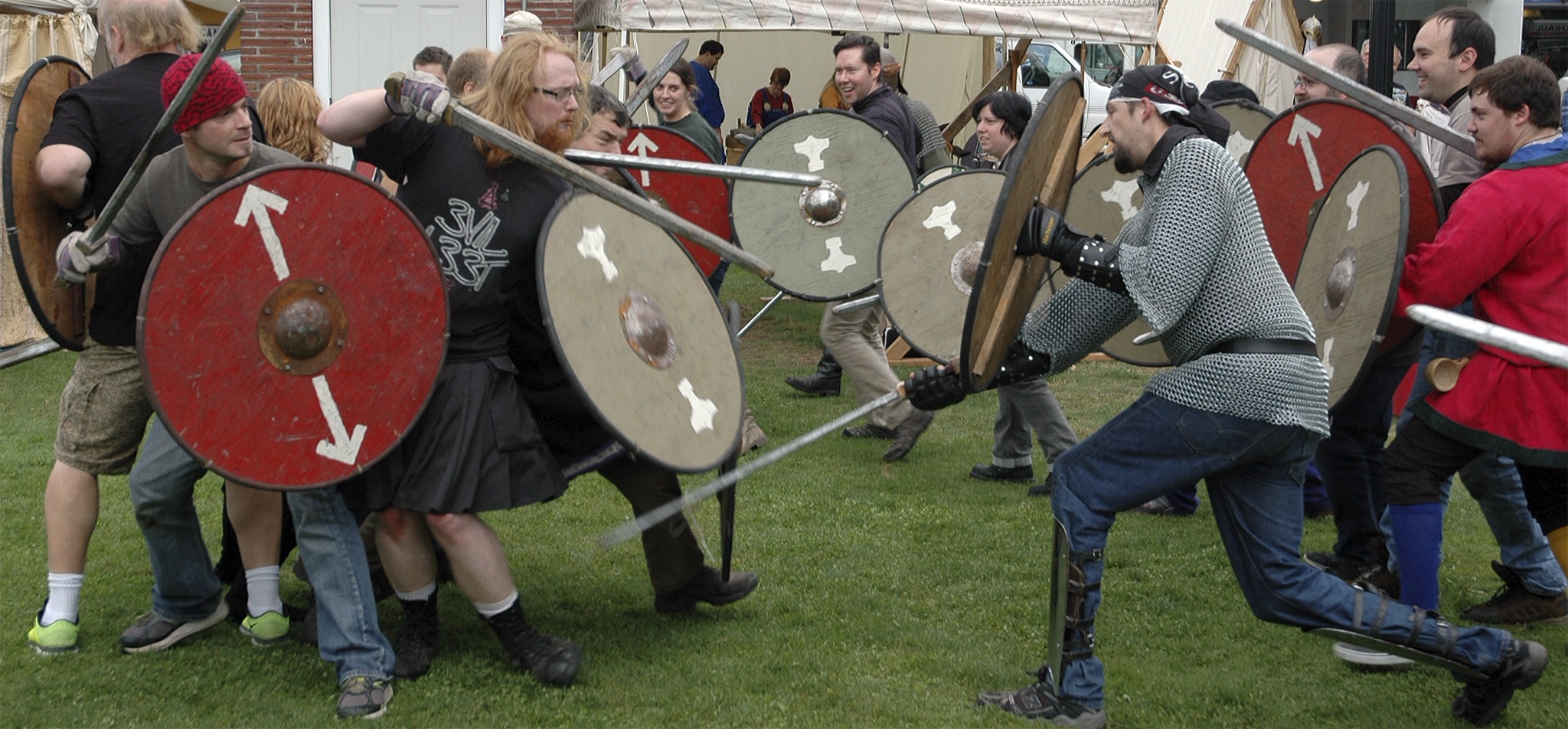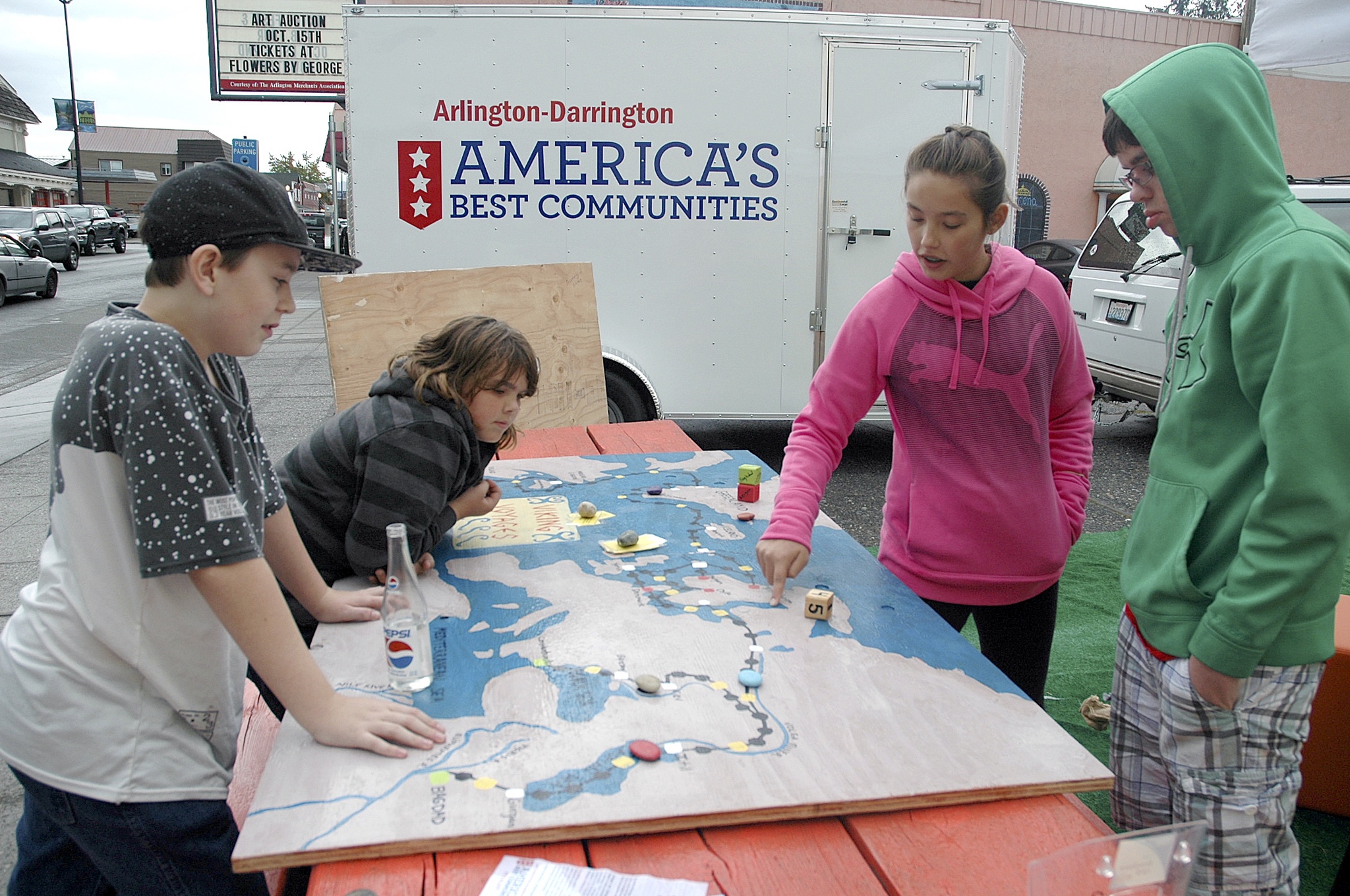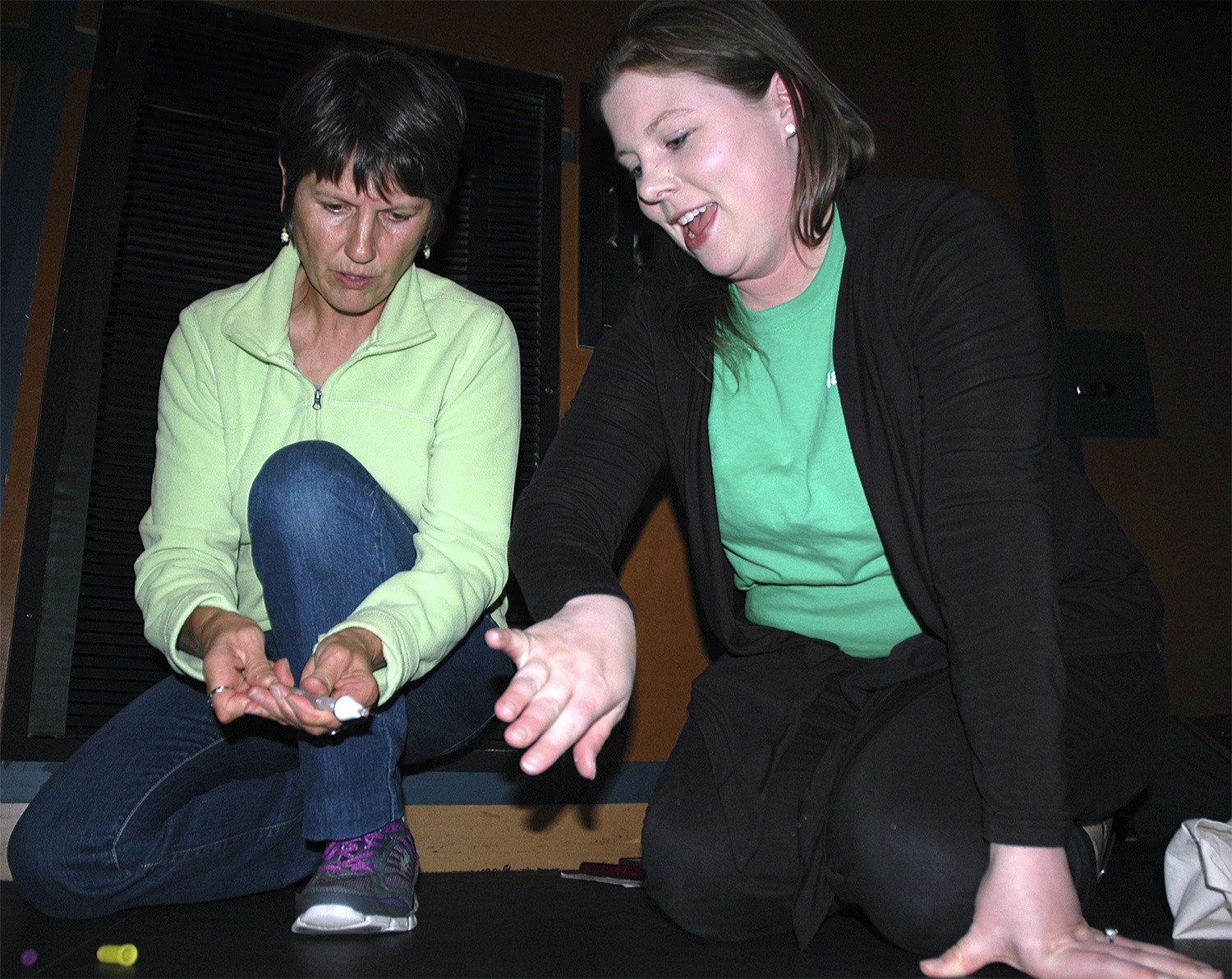ARLINGTON — The Arlington Police Department is as busy as it’s even been, thanks to the participation of community members, but at the same time, Arlington Police need that input from the community to keep them from being even busier.
Arlington Police officers responded to more than 15,000 calls to 911 for police services in 2013, which represents a 10 percent increase over 2012. Arlington Police officers likewise took action on an additional 7,500 incidents in 2013, besides their 911 calls. Arlington Police tend to receive the highest numbers of 911 calls between 2-6 p.m.
“Probably one of the biggest reasons for that increased call volume has been our campaign asking the public to call in whenever they see something suspicious,” Arlington Police Chief Nelson Beazley said. “We’ve made an effort to get business and home owners to engage with us, because we can’t respond if we don’t know what’s happening.”
Although Beazley acknowledged an initial hesitance among Arlington citizens to call 911 for reasons other than immediately pressing emergencies, he sees the dramatically increased call volume as evidence that Arlingtonians are finally taking the police department’s messages to heart.
“If it looks suspicious to you, it would probably look suspicious to us too,” Beazley said. “I’d rather our officers get called out for something harmless than find out later that we had a dozen vehicles broken into, or one of your neighbors’ homes burglarized.”
Beazley doesn’t want people to feel at all discouraged from calling 911, and has even characterized the increased call volume as representing more of a shift in his officers’ duties than an escalation in their workloads.
“The true impact of these calls is that they’ve reduced our self-initiated or proactive policing, but our first responsibility is to respond to those calls,” Beazley said. “Which is why, again, we need the public’s help, because their engagement is key to our success. You never know when a single tip might make the difference in a number of cases. The Gleneagle neighborhood has been very robust in communicating, among themselves and with us, about suspicious activities in their midst.”
With the personnel cuts in recent years, Beazley deemed the public’s eyes and ears to be even more important of a resource to the police than ever before.
“Last year was our most challenging yet, but we still made great cases,” Beazley said. “Our reduction of panhandling has been a direct result of that sort of communication. It takes everyone’s efforts, but you don’t hear nearly as many complaints about panhandling anymore, because our citizens asked themselves what kind of community they wanted.”
Beazley likewise touted the Arlington Police detectives’ 100 percent clearance rate of robbery cases, but agreed with Arlington Assistant City Administrator Kristin Banfield that this level of service comes at a cost.
“Every single city department has been hit by budget cuts, with the loss of 19 full-time employees and $2 million in funds,” Banfield said. “We can’t continue to defer the costs of things like maintenance and equipment.”
Arlington Police Detective Sgt. Dan Cone has been on the force locally for the past 14 years, long enough to remember when Arlington Police still had a Pro-Act Team.
“If you have between two to three patrol officers covering an entire city this size at night, that’s not that many,” Cone said. “That’s when community involvement becomes invaluable. The solution to our transient problem in Smokey Point relied heavily on the businesses there, who signed trespass agreements with the city and no longer hold off on calling us if there’s a problem. It resulted in a markedly different atmosphere in that area, and our anti-panhandling program was spun off from that.”
“The bottom line is, we can’t do this alone,” Beazley said. “We need to continue to build relationships with the community, and the community needs to be involved in helping us. We can’t do this by ourselves.”







